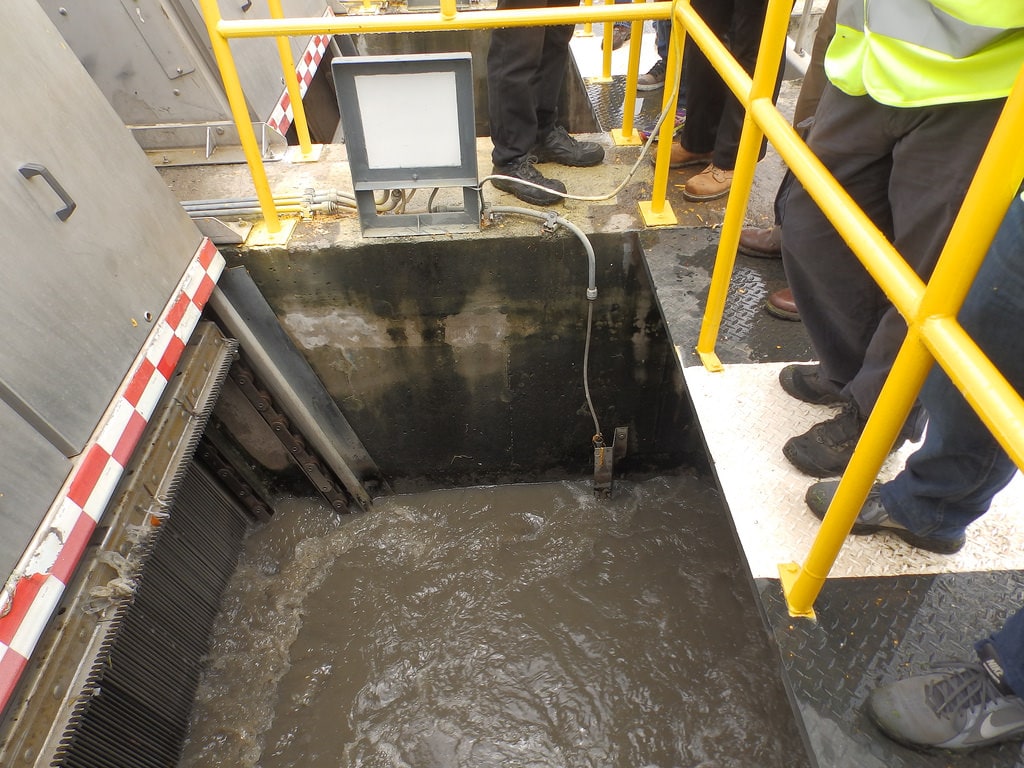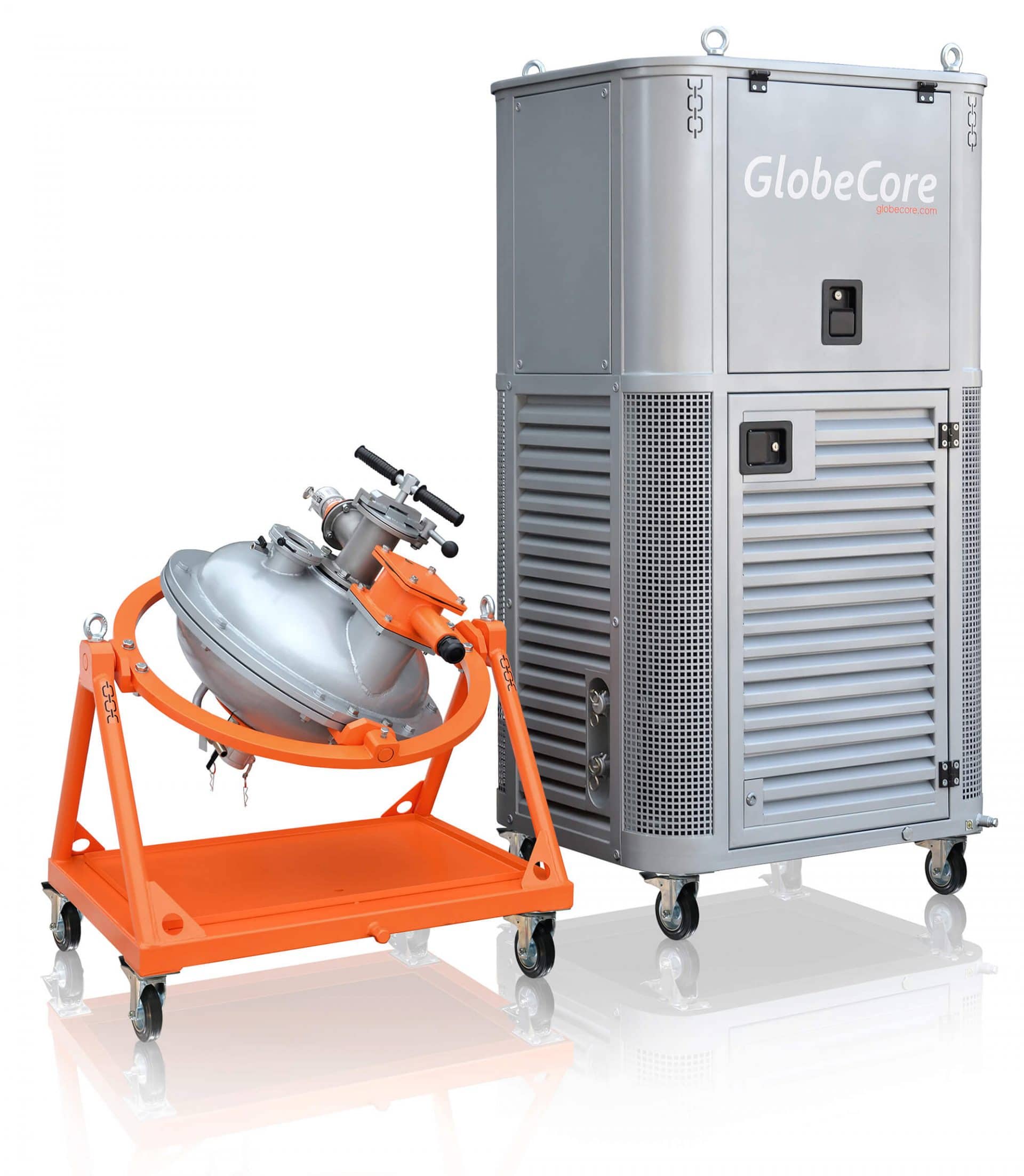Research performed in the area of decontamination and fluor removal from waste water using AVS shows (table 5) that these devices are more efficient compared to the existing equipment.
Fluor removal and transformation of phosphates into water-insoluble compounds occurs in one stage. The content of fluor in purified waste water in optimal conditions (pH = 10-11) up to 1.5 mg/dm3, no phosphates. Duration of processing in the vortex layer: 1-3 seconds. A reasonable choice of reagent is lime with 5-10% excess of CaO from the theoretically calculated amount. Using AVS in the process of fluor removal reduces reagent consumption, electric power consumption, equipment footprint and improves the quality of purification.
Mean processing rate of the AVS is approximately 30000 m3/hour per 1m3 of active zone volume, which corresponds to AVS -100 capacity up to15 m3/hour, and AVS-150 capacity up to 40 m3/hour.
Table 5
Influence of AVS processing on waste water purification
|
Initial parameters |
Waste water parameters after AVS processing |
|||||
| Waste water |
Lime milk |
|||||
|
pH |
F, mg/dm 3 |
P2O5, mg/dm3 |
CaO, % |
pH |
F, mg/dm 3 |
P2O5, mg/dm 3 |
|
3,65 |
350 |
2100 |
105 |
7,6 |
10 |
32 |
|
3,65 |
700 |
2250 |
105 |
8,2 |
7,5 |
8 |
|
5,9 |
1100 |
3200 |
105 |
9,2 |
5 |
0 |
|
3,0 |
1500 |
6500 |
105 |
11,5 |
1,2 |
0 |
|
3,0 |
1500 |
5100 |
110 |
11,6 |
1,15 |
0 |
|
3,95 |
750 |
5000 |
110 |
9,3 |
4,5 |
0 |
|
3,95 |
750 |
5050 |
110 |
8,6 |
7,1 |
0 |
|
3,95 |
750 |
5050 |
110 |
10,0 |
1,4 |
0 |
The use of AVS to remove aromatic nitric compounds from waste water by reducing them to the corresponding amines is quite promising as well. The recommended ferromagnetic elements for this process are made of carbon steel, 1 – 1.4 mm in diameter, with 1/d ratio of 12 to 16.


 AVS-150 Chemical Mixing ...
AVS-150 Chemical Mixing ... AVS-100 Mixing Machine. ...
AVS-100 Mixing Machine. ...